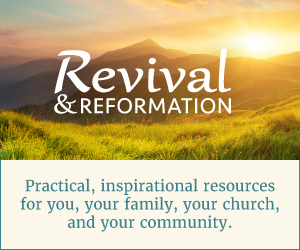Raphael G. Warnock, senior pastor of the Ebenezer Baptist Church in Atlanta, Georgia, United States of America, describes a division in the Black church in the United States that centers on its true mission and purpose. On one side are Black pastors, and on the other are Black theologians. Pastors in the Black church tend to focus on piety and personal salvation (much like evangelicals), whereas Black theologians see the focal point of mission as a liberationist movement to save the culture from racism. Warnock argues for a coming together of the two sides, in order to “more fully integrate [the Black church’s] pietistic and protest dimensions into a more holistic understanding of what it means to truly be a prophetic church and a liberationist community” (188, 189).
Warnock outlines four moments in the history of the struggle of African Americans against bondage and racism in the United States. He also sees a fifth moment that should bring together Black pastors and Black theologians in a united mission and purpose for the Black church. The four moments are (1) the formation of a liberationist faith (the invisible church that developed under slavery), (2) the founding of a liberationist church (the Black church that developed after emancipation, independent of the White church), (3) the fomenting of a church-led liberationist movement (the civil rights movement), and (4) the forging of a self-conscious liberationist theology (Black theology) (20).
The fifth moment, “the flowering of a self-critical liberationist community” (20), is needed to bring Black pastors and Black theologians together to create a community that can truly bring people to personal salvation and move society to be truly egalitarian for all races, ethnicities, genders, and sexual orientations.
In chapter 5, Warnock describes the need for womanist theologians (who focus on the experiences of Black women) to interact with Black theologians to address the patriarchal nature of the Black church. He states that the Black church has allowed a subservient role for women even as it has fought for racial equality.
I recommend this book, but there are a few things that are unclear to me. The author could be interpreted as stereotyping most White theologians as missing the mark in their under-standing of the church’s mission. He could also be seen as advocating a permanent separation between the Black and White churches, although I am not sure that is true.
As a person who is not Black, reading this book provided a learning experience for me. It has helped me to better understand the dynamics of the Black church. I could also see this book serving as a way to spark discussion involving all ethnic groups as to how we can all, as fellow Christians, blend the goals of saving lost people and moving the culture toward equality for everyone.
Although Warnock speaks primarily to Blacks in the United States, he has a powerful lesson for all of us. Theology does not happen in a vacuum. History, social movements and realities, and cultural dynamics all influence the way we do theology and the conclusions that we draw from it. Colonialism and liberation movements in Africa and Latin America spawned liberation theology. The oppression of women led to feminist and womanist theologies.
For the worldwide Seventh-day Adventist Church, and for the global Christian community, it is vital to understand that our own theology and that of others are not the product solely of thinking and study in the ivory tower; all theologies are, in a sense, a response to our experiences. We want to know the will of God as it relates to our lives. This remains vital for understanding ourselves and each other in a global community.
—Reviewed by David Penno, PhD,












